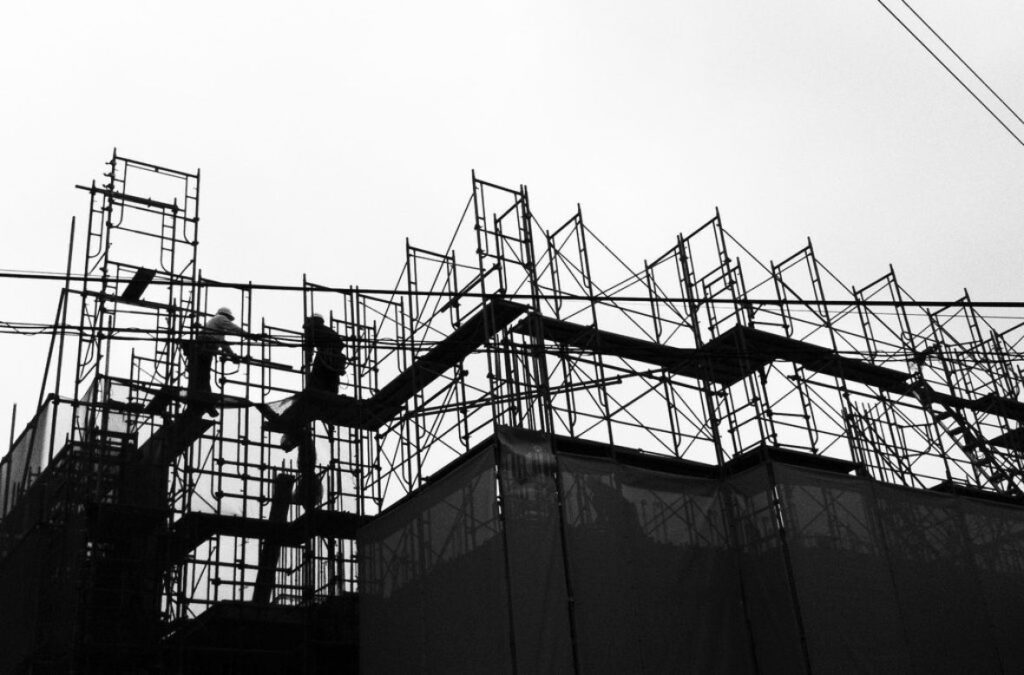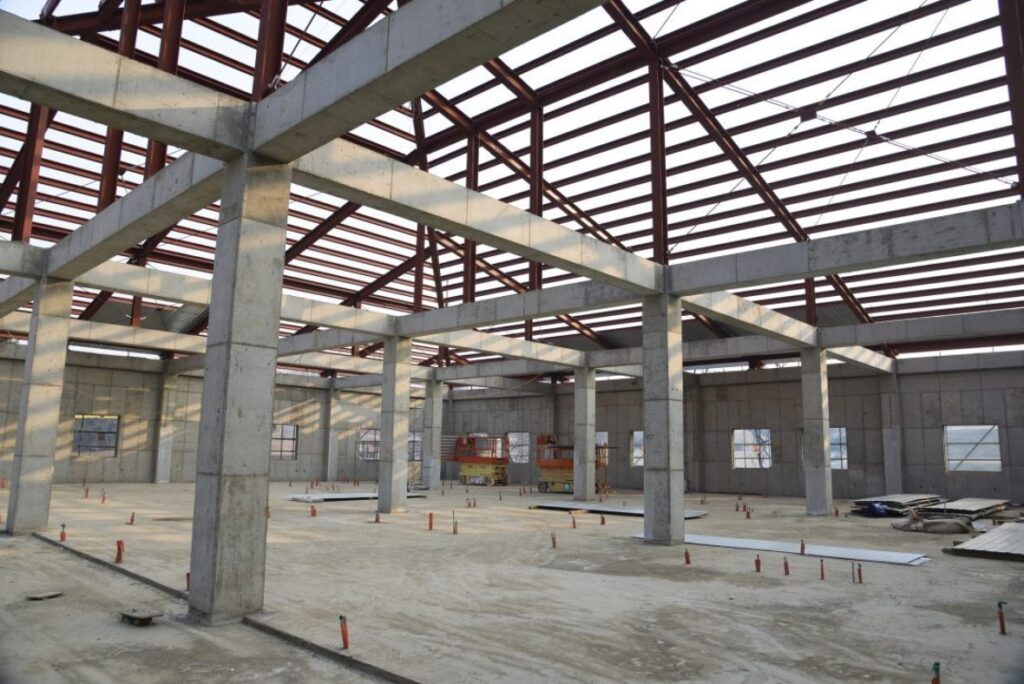What you need to know about stability

In this month’s blog post, we’re going to take a look at a fundamental aspect of structural engineering. I’m talking, of course, about stability.
Stability – and the ability to resist the horizontal forces which are imposed on structures – is a vital aspect of design. If a building is unstable, it’s unsafe – and if a building is unsafe, it can’t be opened to the public. A structure must be able to withstand both gravity forces and lateral forces.
Gravity forces act vertically from the top down, and they include the weight of the structure, human occupancy and even rain and snow. Lateral forces act horizontally and most often take the form of wind and seismic pressures. Other lateral pressures include lateral soil pressure and liquid pressure, as well as gravity loads in cantilevering structures and irregular structures.

THE TYPES OF STABILITY
There are various different types and stages of stability, including:
- Stability during construction
- Stability following deterioration and alterations
- Framed bracing
- Moment frames
- Cantilever columns
- Sheer walls
You can learn more about stability in this presentation by Wolfgang Schueller – although be warned, there’s a lot to take in!

ABOUT LSY
Here at LSY, we’re used to dealing with stability. In fact, we’ll be discussing it in more detail in future articles, so keep your eyes peeled if you’d like to learn more. We’re working on numerous building structure projects throughout the UK and Ireland, and so if you’d like to discuss any project requirements of your own then please feel free to contact us. We’ll be more than happy to help!
Back to all news
